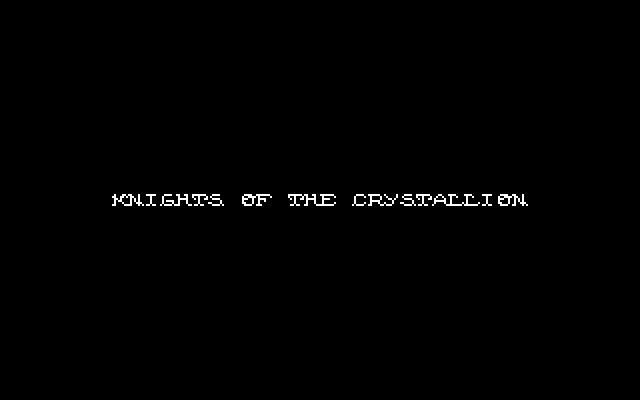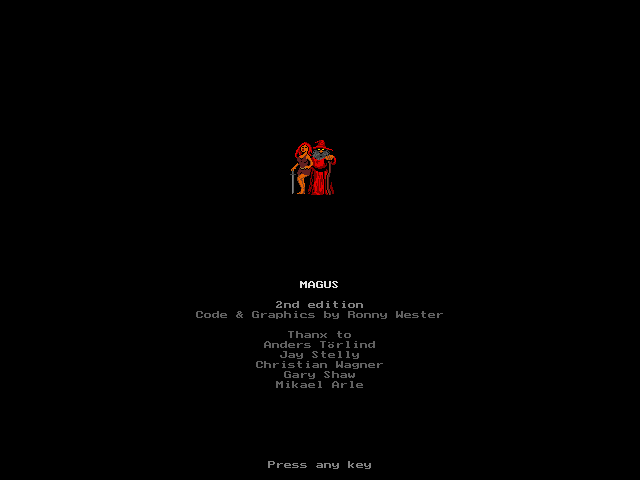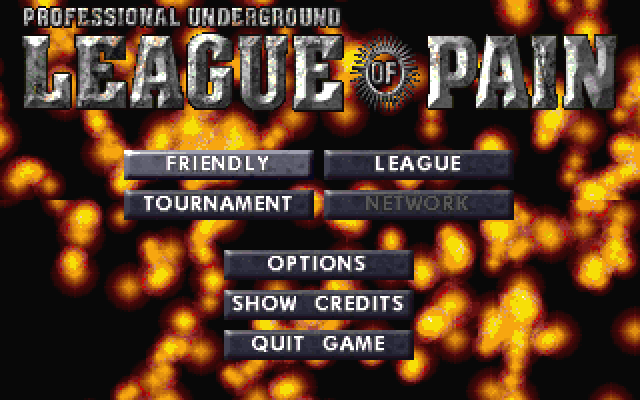Music Highlight: Realmz 

Realmz has distinctive, sonorous sound design. The sound effects resonate, and they sweep, like a fast-moving magical aura. It fit excellently with game’s ornate sword-and-sorcery theme, which makes it stranger that the soundtrack is mostly house music.
The Realmz soundtrack seems to have been taken from demoscene tracker music, a homemade computer music style that leans towards techno. The music selected by developer Fantasoft straddles the line between wizards and club bangers, which can be jarring depending on the scene. The shop theme is one of the best of the bunch – a laid-back, trip-hop groove that, from the description, sounds really wrong for a shop in a role-playing game.
This piece, originally titled “Balthasar,” was composed by Antti Kujanpää, a member of the Finnish Amiga demoscene group Banal Projects. It was written for the Finnish demoparty Assembly 1995, where it placed 11th in the 4 Channel Music competition. (None of the composers appear to be credited in Realmz, which raises concerns about whether their music was used without permission.)
In its second life as background music for Realmz, “Balthasar” fits better than it should. RPGs shops are a place to regroup, and the music matches up with that mood. The main melody noodles with a calm, jazzy electric piano, while the dirty drum loops build anticipation for whatever comes next. “Balthasar” cools down and pumps up at the same time.
The game’s upbeat electronic soundtrack is a risky choice, but this track makes a case for the times when it can work. It helps that “Balthasar” is super smooth. Who can deny that keyboard break?



